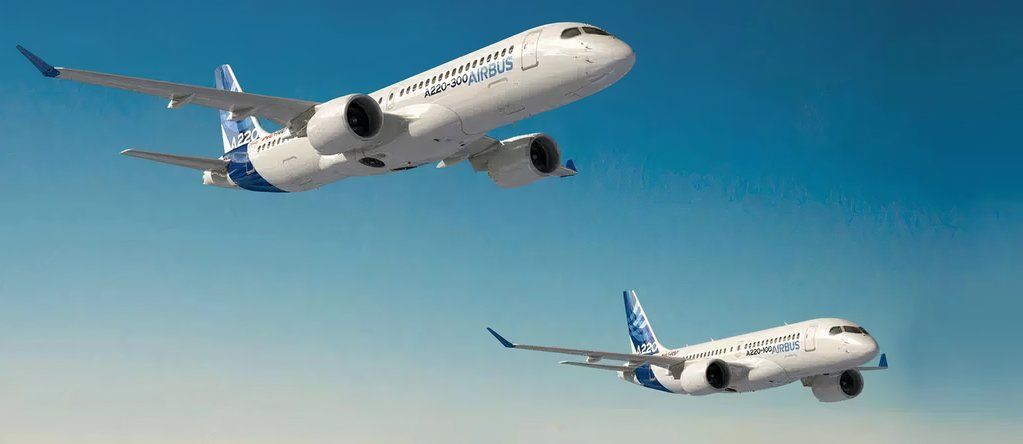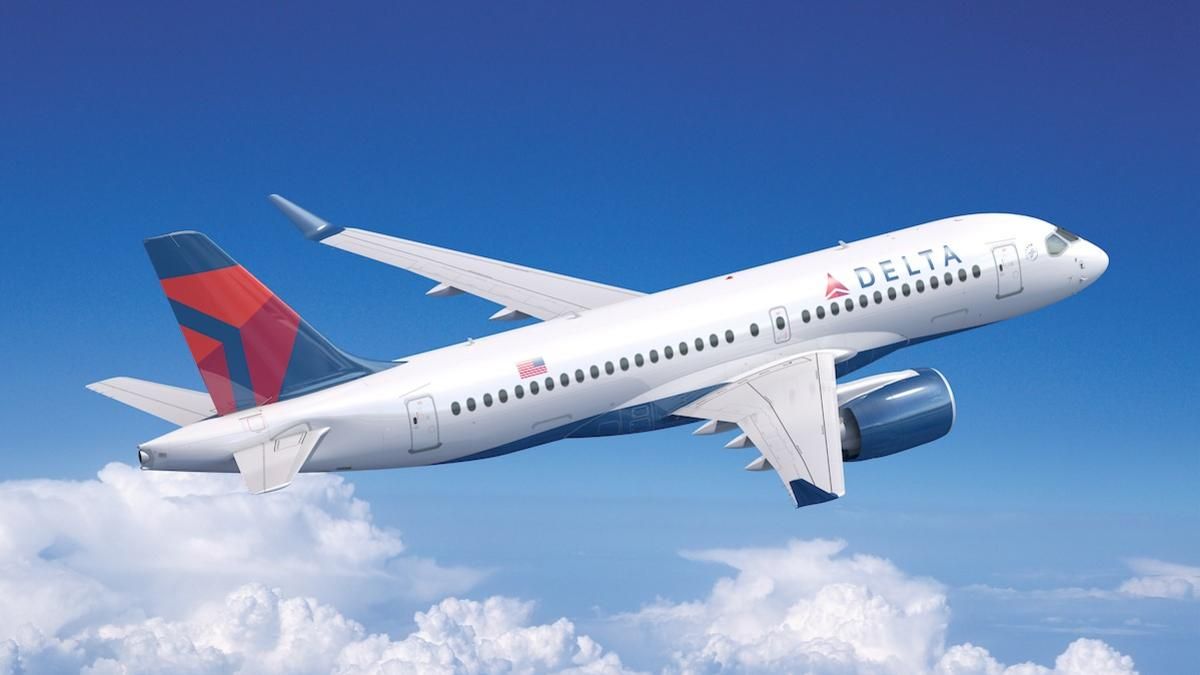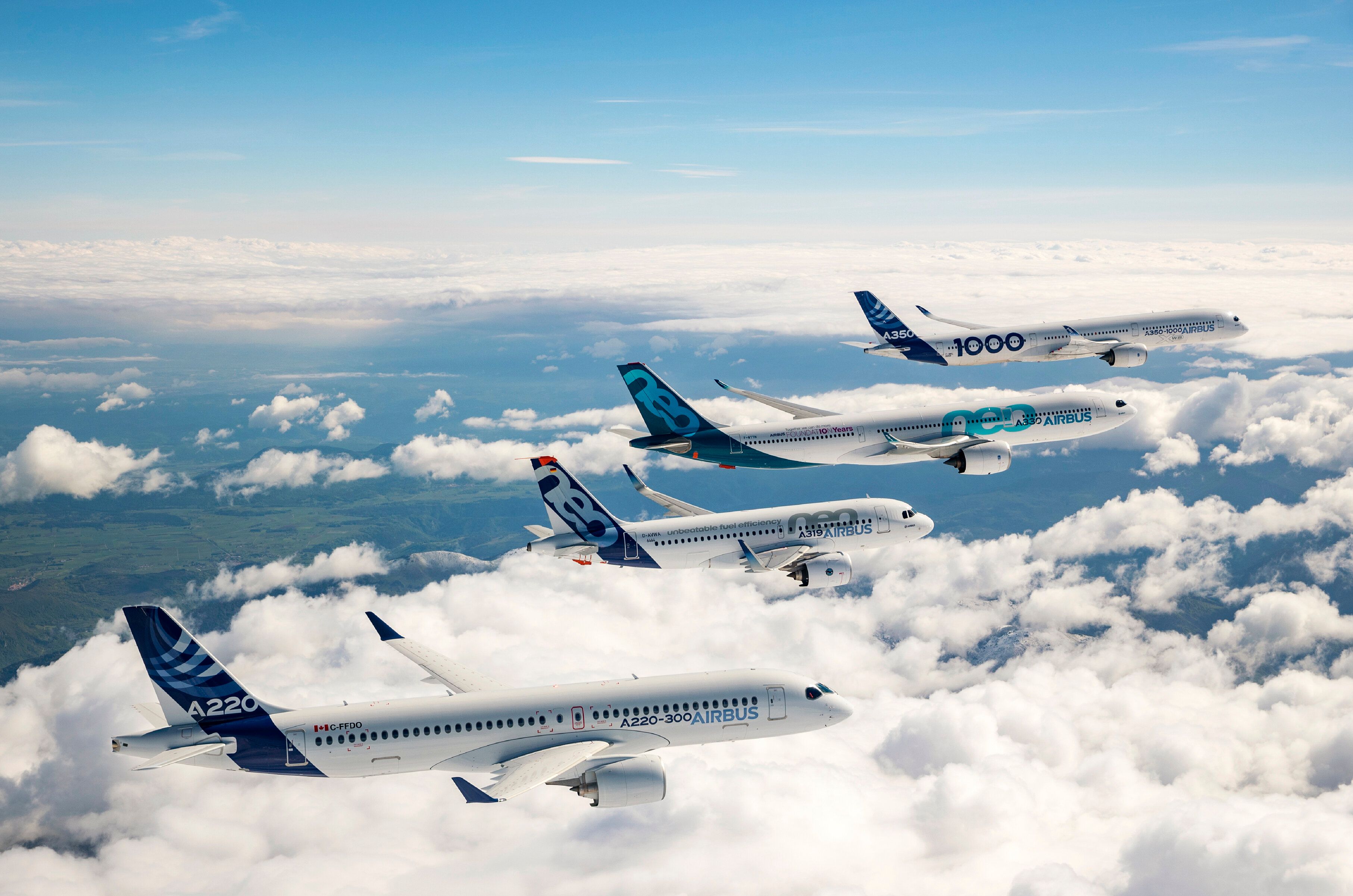The Airbus A220 is the preferred option among airlines and passengers within the 100 to 150-seat aircraft category. It is recognized for its spacious cabin, large windows, generous overhead bin space, advanced in-flight entertainment systems, and WiFi connectivity.
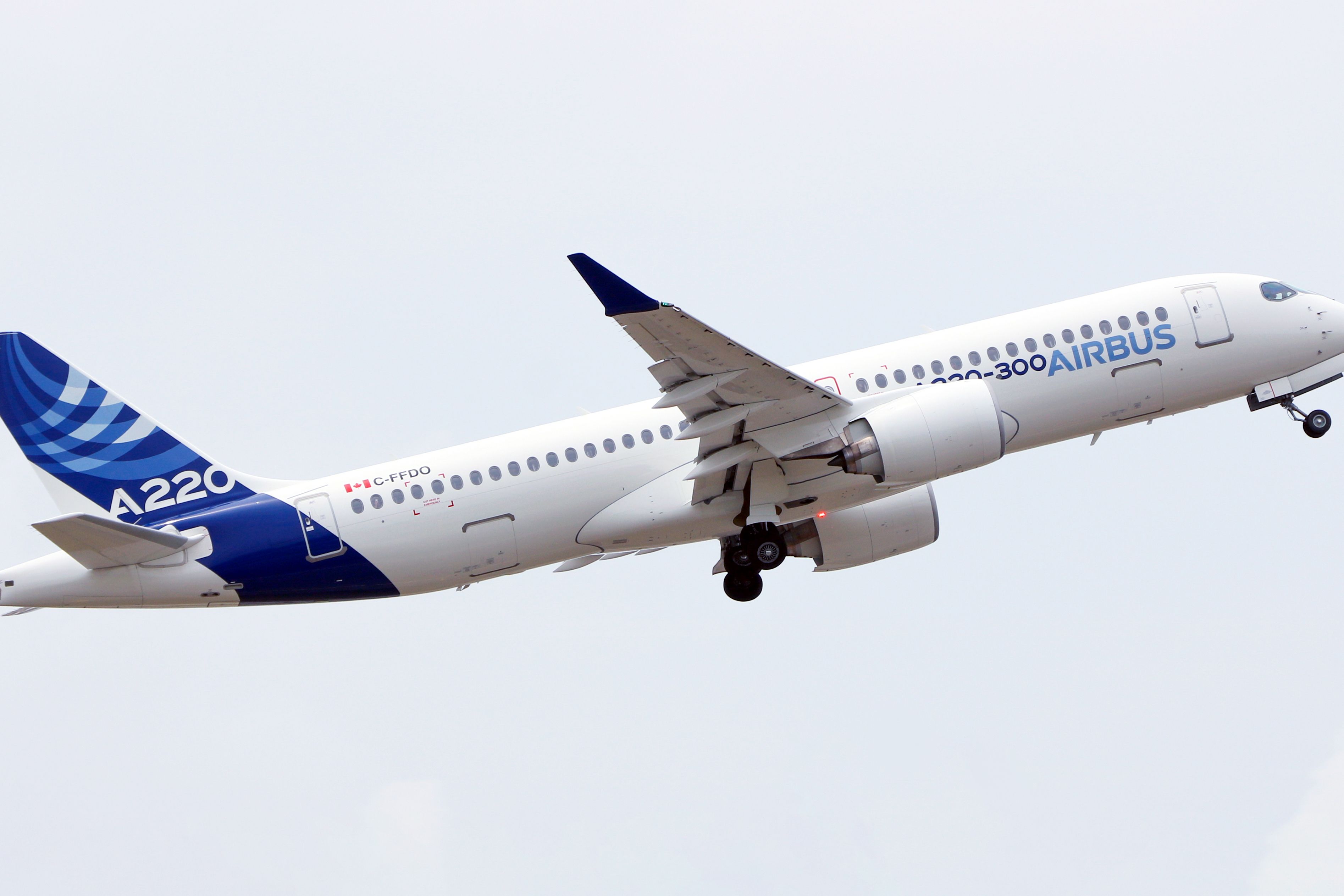
Related
Airbus A220 Production Catch-Up: Canadian Plant Workers Asked For Mandatory Weekend Overtime
The company claims it is still on track to meet production targets by 2026.
Convenience for airlines and passengers
The A220-300 and the shorter-fuselage A220-100 share 99% commonality and use the same family of engines, enabling operators to fly both versions at significant cost savings. Flight crews with the same pilot type rating and cabin personnel assigned to both aircraft types will enjoy a seamless transition between the A220-300 and A220-100, greatly reducing airline training costs.
The single-aisle A220 family was designed to feel like a widebody aircraft. The A220 family aircraft are recognized for their low noise levels, providing a quiet and comfortable environment during flight. The A220 Family represents the most efficient aircraft product line, with environmental benefits, reduced fuel burn, and low noise levels. This makes the A220 Family aircraft ideal for urban operations and noise-sensitive airports.
Photo: Airbus
While delivering best-in-class economics, the A220-100’s configurable cabin provides two flex zones, enabling operators to benefit from fully customizable cabins tailored to their needs. Carriers can customize the aircraft’s stowage areas and partitions, delivering an exceptional passenger experience. Its spacious seats and generous overhead storage create comfortable personal space for passengers. Additionally, the cabin offers crew members easy control over the aircraft’s interior settings, including mood lighting.
Popular among airlines
According to ch-aviation, there are 266 active A220 aircraft among 18 carriers: Air Austral, Air Canada, Air France, Air Tanzania, airBaltic, Breeze, Bulgaria Air, Cobham, Comlux Aviation Malta, Cyprus Airways, Delta Air Lines, Eygptair, Ibom Air, Iraqi Airways, Ita Airways, JetBlue Airways, Korean Air, and Swiss.
Delta Air Lines has the largest A220 fleet, with 60 active aircraft in its operation. Following is airBaltic with 42 active aircraft. This is Air France, which operates 29 active aircraft.
Delta Air Lines’ A220s
In February 2019, Delta debuted its new A220-100 aircraft on top domestic business routes. Delta was the first US airline to receive the A220, featuring its modern interior, spacious, widebody feel, and best-in-class fuel performance.
The widest Main Cabin seats in Delta’s fleet
- Extra-large windows
- High-capacity overhead bins
- Full-spectrum LED ambient lighting
- Power outlets, in-flight WiFi, and seat-back entertainment in all cabins
Photo: Delta Air Lines
airBaltic’s A220s
In February, airBaltic reached 150 thousand flights with their A220s. This model will be introduced to its fleet in 2016. AirBaltic’s A220 fleet currently marks the most extensive fleet size in the company’s history.
President and CEO of airBaltic said, Martin Gauss said, “Over more than 28 years, airBaltic has experienced significant developments, including an impressive evolution of its fleet. Each aircraft, unique in its characteristics, has contributed to the company’s success. However, Airbus A220-300 has been a game-changer for our airline, establishing itself as one of the core assets of the company,
“With this aircraft, we are now operating one of the most efficient and eco-friendly fleets in the skies, consistently delivering top-tier service to our passengers. Moreover, this year we are looking forward to reaching the milestone of 15 million passengers carried specifically on the Airbus A220-300.”
Air France’s A220s
By the end of 2025, Air France intends to add 60 A220-300s to its medium-haul fleet. With up to 15 deliveries expected yearly, this is the fastest fleet entry in Air France’s history. Take a virtual tour of Air France’s A220.
Air France is working towards decreasing its CO2 emissions by 30% by 2030 through modernizing its fleet, using sustainable fuel, applying eco-friendly piloting techniques, and enhancing connectivity with other forms of transport. It is more cost-effective and environmentally friendly, lowering fuel consumption and CO2 emissions by 20% and reducing noise by 34% compared to its predecessors.
The A220-300 provides Air France passengers comfort with its 148 seats arranged in a 2-3 configuration, ensuring 80% of passengers get a window or aisle seat. The seats are the widest for single-aisle planes and feature reclining, adjustable headrests, leather upholstery, and ergonomic cushions. The cabin is airy and bright, decorated in Air France’s blue, white, and red theme. It’s inspired by the Parisian style, with a herringbone pattern carpet, large windows for natural light, and easily accessible overhead baggage storage.
A220-100
Airbus’ smallest jetliner, the A220-100, was built to efficiently and comfortably serve the 100-135-seat market. The single-aisle aircraft feels like a widebody jet with broad seats, plenty of overhead storage space, and large windows. Its advanced materials—the composites in the wings, empennage, and rear fuselage—reduce weight and increase resistance to corrosion, resulting in better efficiency and maintainability.
Airbus says, “The A220 Family is ideal for hot-and-high and city-centre airport operations. In fact, the A220-100 is the largest aircraft capable of operating in the constrained environment of London City Airport.”
A220-300
The A220-300, the larger member of the A220 family, is perfectly tailored for the 120-160 seat market. Its advanced performance and technology allow airlines to link distant destinations and serve routes that used to be unprofitable or impossible. The A220-300 is designed with advanced technology and Pratt & Whitney engines, using 25% less fuel per seat than older planes. Designed with people and the environment in mind, the aircraft is less noisy and emits fewer emissions.
The Airbus 220 is a famous medium-sized aircraft known for its comfortable and passenger-friendly features. These include a roomy cabin, big windows, lots of space for carry-on luggage, modern entertainment systems, and WiFi. The A220-300 and the smaller A220-100 models are very similar and use the same engine type. This similarity helps airlines save money on operating costs and makes training pilots and crew more accessible.
Designed to feel like a larger jet, the Airbus 220 is also environmentally friendly, using less fuel and making less noise, which is perfect for city airports. The A220-100 can even be customized for different passenger needs. Airlines like Delta Air Lines, airBaltic, and Air France value the Airbus 220 for its fuel efficiency, comfortable seating, and lower CO2 emissions.
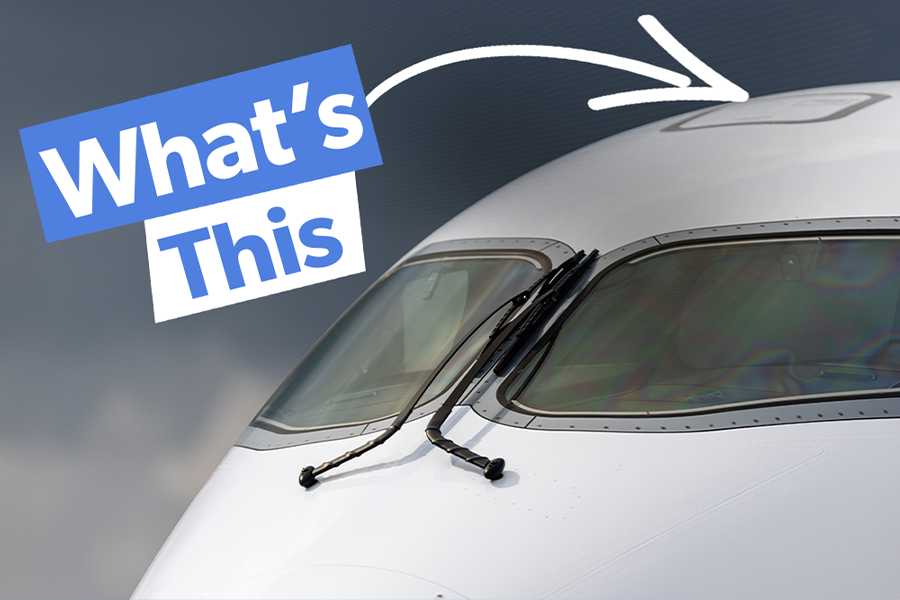
Related
Why Does The Airbus A220 Have A Cockpit Escape Hatch?
A last resort for pilots trapped in the cockpit in the event of an incident.


